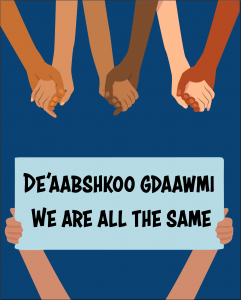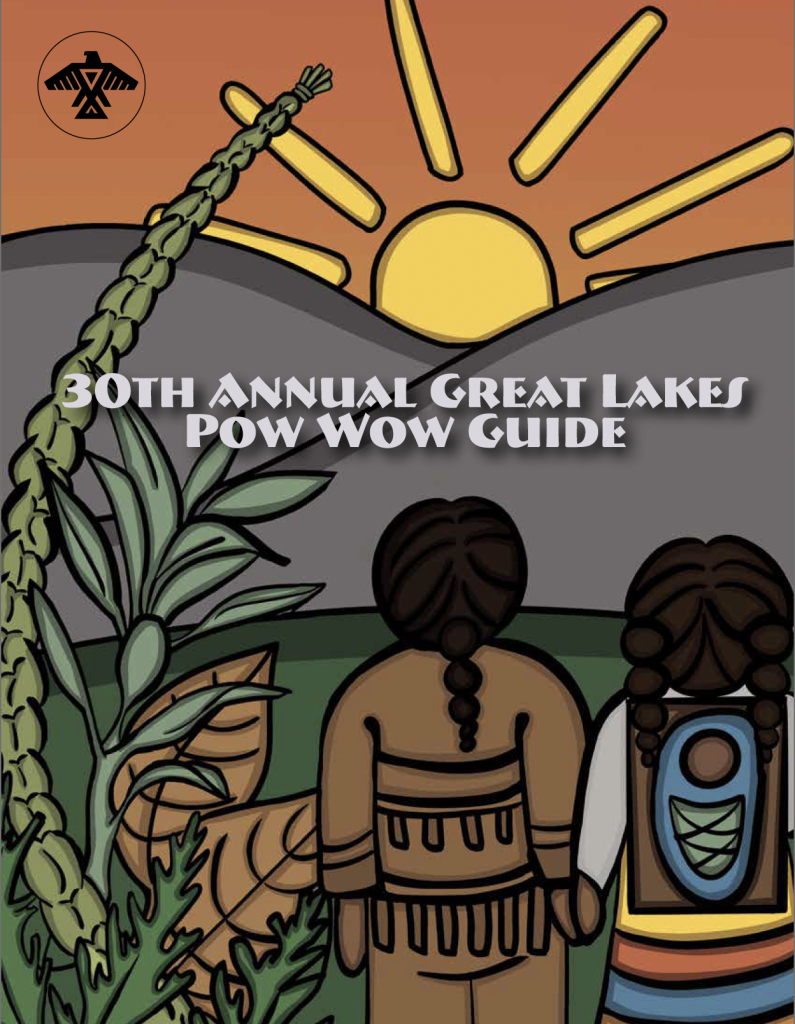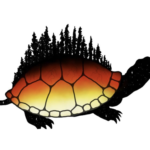United Nations Declaration on the Rights of Indigenous Peoples
Big Ideas
- The United Nations Declaration on the Rights of Indigenous Peoples (UNDRIP) outlines the rights that Indigenous Peoples have.
- The UNDRIP defines and explains what Indigenous Rights are and how they are to be protected, individually and collectively.
- The UNDRIP outlines the minimum standards necessary for Indigenous Peoples’ survival, dignity and well-being.
- The UNDRIP recognizes that Indigenous Peoples are distinct and come from self-determining nations who require free, prior and informed consent when interacting with other countries, nations and foreign governments.
- Canada was the last to sign on to adopt the UNDRIP into Canada’s laws.




